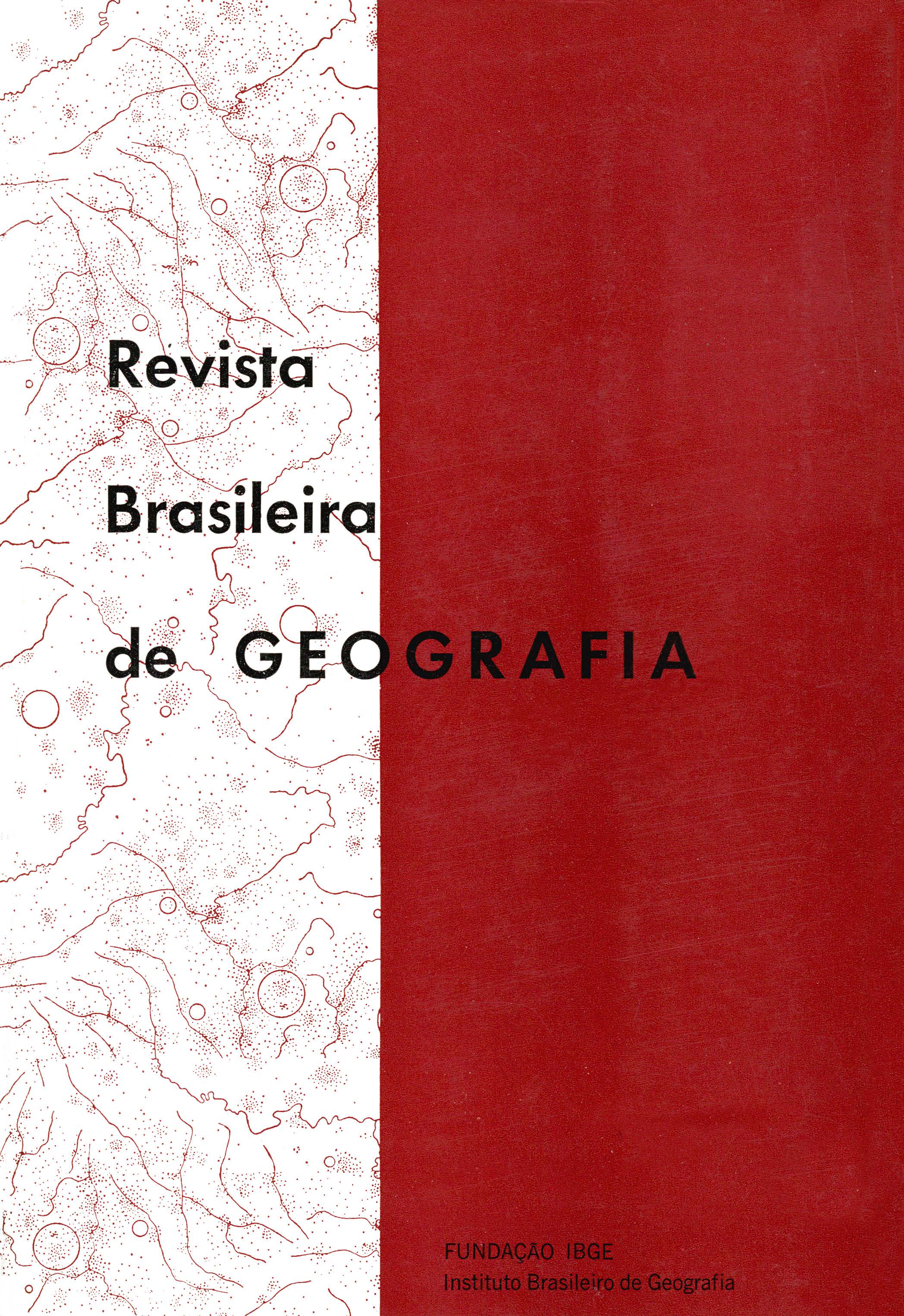O Metropolitano e a Renovação Urbana do Catete
Palavras-chave:
Rio de Janeiro - Estado, Catete - Rio de Janeiro, RJ, Rio de Janeiro - RJ, Urbanização, Transportes, Metrô, Geografia urbana, Urbanization, Transports, Subway, Urban GeographyResumo
Abstract:
The subway arrived late in the city of Rio de Janeiro and, thus, its construction has determined great sacrifices for a significant part of the "carioca" population, whose habits were considerably changed by the beginning of its basic network partial operation.
Traffic jams, difficulty in parking, overcrowded vehicles, uncomfortable connections and pollution are some of the circulation problems that, in such a city as Rio de Janeiro, are noticed by all the population, representing a daily obstacle to life quality. For the solution of one of those problems, the close cause and effect relation between them and the other elements of urban space expansion requires alternative propositions considering all of them.
The subway has implied a baste change in the general aspect of Rio de Janeiro, expressed by new spaces and a new urban landscape adapted to the reality of a new time. In the areas once characterized by ruined buildings, new traffic ways appeared, the functions changed, the land value was deeply altered and the social content was highly affected. In a few words, the basic consequence of introducing an innovation, such as a mass transport, concerns the changeable character of parts of the city, in terms of a new spatial configuration.
Today, the decisions on location change the intra-urban spatial organization - a product of an evolutionary process of the city as a whole - and become the decisive factors for the future spatial process.
Based on those logical premises, the work "The Subway in the spatial configuration of an intra-urban unity - Catete - in the city of Rio de Janeiro" aims at evaluating. the effects of implanting a mass transport. Its basic hypothesis is that the implantation of the subway network changed the spatial organization of Catete, particularly in terms of land use and distribution of population and activities, not only in Catete, but also in its immediate area of influence. The line I - Gloria, Largo do Machado and Catete – is the object of the research whose scope was defined by a hypothetically limited reference zone, showing the maximum idealized distance concerning the act of walking towards the subway stations in a certain area.
The study is an attempt to embrace a series of aspects that were much, or not so much, affected by the implantation of the subway, such as land use, real state market, environment and socioeconomic meaning of the population. The method employed consists of consecutive approaches, starting from a "physical concept" which incorporates several Other "concepts" of social, political-institutional, economic and cultural nature, so as to form the geographical area of impact.
The work is divided into 6 chapters: introduction; description of methodological proceedings; synthetic analysis of the expansion process of the city and of the formation of the Functional Center of Catete, according to the mechanisms which affect the physical structuralizatlon of the city; analytical description of the spatial organization of Catete (internal structure), according to empirical evidences of the reality under consideration; analysis of the implantation of the subway in the area and its immediate effects; and, conclusively, an approach to the prospects for the area.






